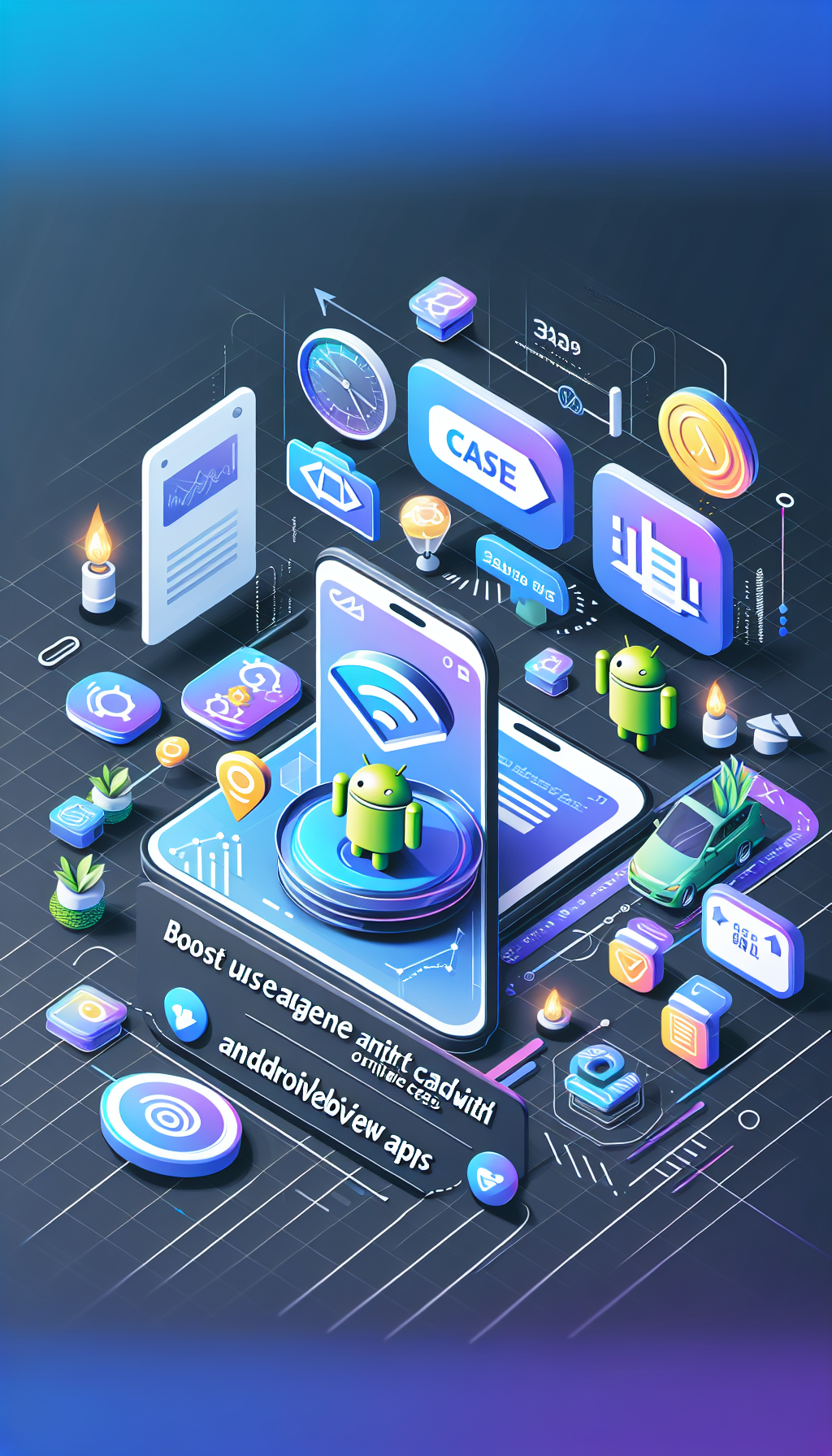
In today’s fast-paced digital world, providing a seamless user experience is pivotal in retaining users and boosting engagement. For developers focusing on Android WebView apps, optimizing performance with smart caching and offline access can make a significant difference. Integrating these features ensures that your users can enjoy swift loading times and uninterrupted content access, even when they are offline. Let’s explore how you can achieve this in your Android WebView applications.
Understanding the Importance of Smart Caching
Smart caching is a technique used to store frequently accessed data locally on the user’s device. This approach reduces server load and enhances app performance by minimizing network requests. For Android WebView apps, implementing intelligent caching mechanisms can significantly improve load times, leading to a smoother user experience.
When your WebView app caches resources like images, scripts, and stylesheets, it allows immediate data access upon subsequent visits, eliminating delays caused by loading these elements from scratch. Users with slower internet connections or limited data plans benefit immensely as they encounter fewer loading interruptions.
Implementing Offline Access for Enhanced Engagement
Offline access is a game-changer for Android WebView apps, particularly in areas with unreliable internet connectivity. By making your app’s content available offline, you ensure that users have consistent access to essential features and information without needing an active internet connection.
To implement offline access, consider utilizing service workers that cache application shell data and dynamic content dynamically based on user interaction. This method not only maintains engagement levels but also keeps users returning to your app, knowing they can rely on it regardless of their connectivity status.
Leveraging WebViewGold for Effortless App Conversion
If you’re looking to convert your website into an Android app effortlessly, WebViewGold.com>WebViewGold offers a quick and simple solution. By using WebViewGold, you can leverage ready-made features, including smart caching and offline access capabilities, without extensive coding knowledge. This platform allows you to focus on customizing your app’s unique features while handling the technical complexities behind the scenes.
Steps to Optimize Your WebView App
- Enable Cache Mode: Within your WebView settings, set the cache mode to cache resources whenever possible. Utilize the
LOAD_DEFAULTmode for normal operations and switch toLOAD_CACHE_ELSE_NETWORKto prioritize cache during connectivity issues. - Use Service Workers: Implement service workers to cache static assets and enable offline functionality. Service workers act as a proxy between the app and the network, serving content from the cache when offline.
- Optimize Content for Caching: Structure your site with cacheable components. Design your web assets to use far-future expiration headers and ensure consistent URLs for repeat requests.
Conclusion
Enhancing user engagement in Android WebView apps with smart caching and offline access is an essential strategy for maintaining competitiveness in the digital space. By seamlessly integrating these features, you can significantly improve user satisfaction and retention. Consider using WebViewGold to simplify the conversion process and ensure your app is optimized for success with minimal effort. Start leveraging these powerful web technologies today and provide an unmatched user experience.

Leave a Reply